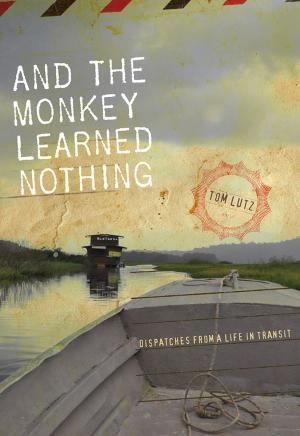Making Local Food Work
The Challenges and Opportunities of Today's Small Farmers
Business & Finance, Industries & Professions, Industries, Nonfiction, Social & Cultural Studies, Social Science| Author: | Brandi Janssen | ISBN: | 9781609384937 |
| Publisher: | University of Iowa Press | Publication: | April 15, 2017 |
| Imprint: | University Of Iowa Press | Language: | English |
| Author: | Brandi Janssen |
| ISBN: | 9781609384937 |
| Publisher: | University of Iowa Press |
| Publication: | April 15, 2017 |
| Imprint: | University Of Iowa Press |
| Language: | English |
When it comes to local food, it takes more than “knowing your farmer.” Brandi Janssen takes on some of the myths about how the local food system works and what it needs to thrive. Advocates claim that small biodiverse farms will fundamentally change farming, rural communities, and the American diet. For many, simply by knowing our farmers we become champions of a new way of eating that revolutionizes our economy and society. But that argument ignores the fact that if local food is to succeed, it requires many of the trappings of conventional food production, including processors, middle men, inspectors, and regulators.
By listening to and working alongside people trying to build a local food system in Iowa, Janssen uncovers the complex realities of making it work. Although the state is better known for its vast fields of conventionally grown corn and soybeans, it has long boasted a robust network of small, diverse farms, community supported agriculture enterprises, and farmers’ markets. As she picks tomatoes, processes wheatgrass, and joins a parents’ committee trying to buy local lettuce for a school lunch, Janssen asks how small farmers and CSA owners deal with farmers’ market regulations, neighbors who spray pesticides on crops or lawns, and sanitary regulations on meat processing and milk production. How can they meet the needs of large buyers like school districts? Who does the hard work of planting, weeding, harvesting, and processing? Is local food production benefitting rural communities as much as advocates claim?
In answering these questions, Janssen displays the pragmatism and level-headedness one would expect of the heartland, much like the farmers and processors profiled here. It’s doable, she states, but we’re going to have to do more than shop at our local farmers’ market to make it happen. This book is an ideal introduction to what local food means today and what it might be tomorrow.
When it comes to local food, it takes more than “knowing your farmer.” Brandi Janssen takes on some of the myths about how the local food system works and what it needs to thrive. Advocates claim that small biodiverse farms will fundamentally change farming, rural communities, and the American diet. For many, simply by knowing our farmers we become champions of a new way of eating that revolutionizes our economy and society. But that argument ignores the fact that if local food is to succeed, it requires many of the trappings of conventional food production, including processors, middle men, inspectors, and regulators.
By listening to and working alongside people trying to build a local food system in Iowa, Janssen uncovers the complex realities of making it work. Although the state is better known for its vast fields of conventionally grown corn and soybeans, it has long boasted a robust network of small, diverse farms, community supported agriculture enterprises, and farmers’ markets. As she picks tomatoes, processes wheatgrass, and joins a parents’ committee trying to buy local lettuce for a school lunch, Janssen asks how small farmers and CSA owners deal with farmers’ market regulations, neighbors who spray pesticides on crops or lawns, and sanitary regulations on meat processing and milk production. How can they meet the needs of large buyers like school districts? Who does the hard work of planting, weeding, harvesting, and processing? Is local food production benefitting rural communities as much as advocates claim?
In answering these questions, Janssen displays the pragmatism and level-headedness one would expect of the heartland, much like the farmers and processors profiled here. It’s doable, she states, but we’re going to have to do more than shop at our local farmers’ market to make it happen. This book is an ideal introduction to what local food means today and what it might be tomorrow.















